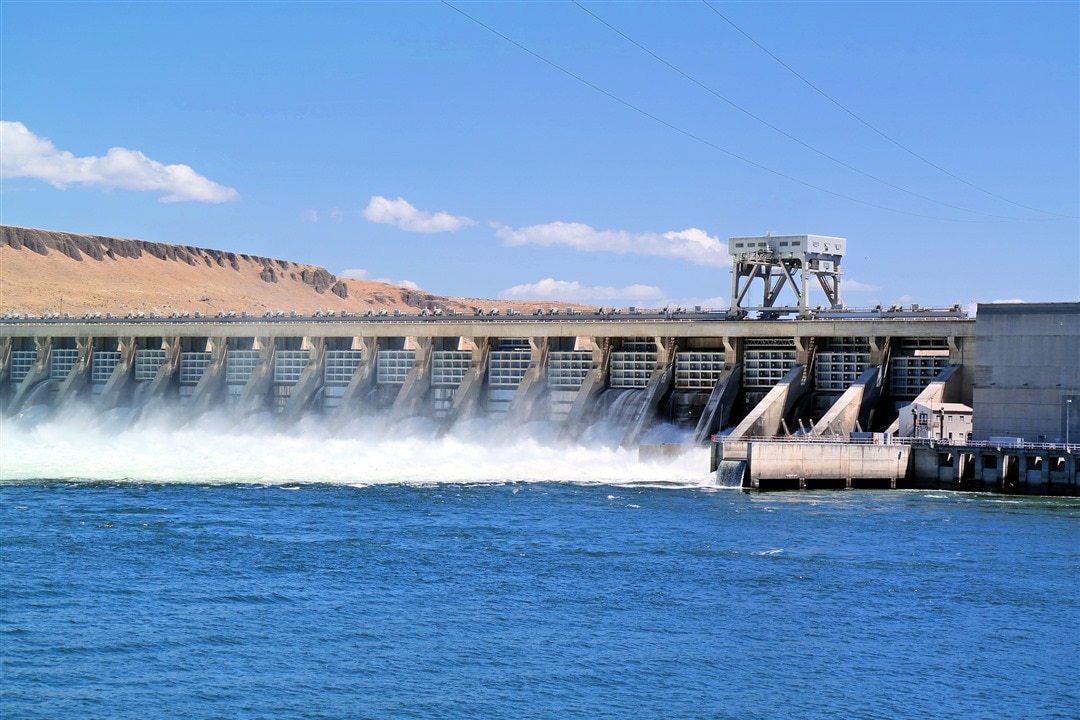
Image showing a hydroelectric dam, not the one of this story. (Image Credit: russmac/pixabay)
China has ambitious plans to construct an enormous 590-foot-tall dam on the Tibetan Plateau within two years, solely relying on AI, 3D printing technology, and construction robots. The Yangqu hydropower dam will be built based on a research paper concept, making it the world’s largest 3D-printed structure.
In the paper, researchers at Tsinghua University in Beijing say a central AI system will oversee the automated assembly line and unmanned vehicles. Building materials are expected to be delivered via unmanned trucks while autonomous pavers and bulldozers help build the dam. Meanwhile, rollers outfitted with sensors press each dam layer. The AI then analyzes these sensors after each layer is laid down, ensuring stability and firmness until the structure reaches 590 feet. The researchers also say the Yangqu hydropower dam is expected to distribute five billion kWh of power per year.
Using AI for this project helps to prevent human error, providing a smooth construction process while eliminating human injury risks that normally occur on other construction sites. In comparison, an Australian autonomous “hands-free” farm serves as an experiment toward replacing farm workers with AI and robots. China’s massive dam project could help draw up a blueprint for other construction projects, such as road development.
Have a story tip? Message me at: http://twitter.com/Cabe_Atwell
